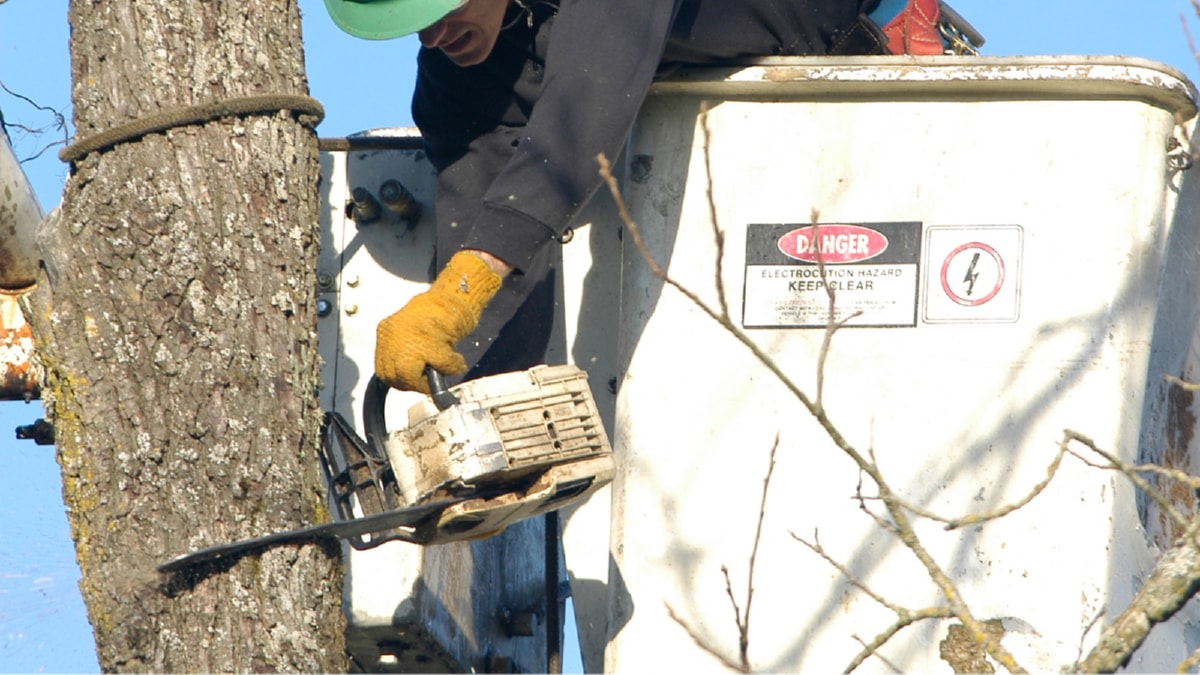Understanding the Digital Transformation in Construction is an exciting and dynamic topic. The building industry, once viewed as a sector slow to embrace change, is now rapidly integrating innovative technologies into its daily operations. These modern technologies are not only improving the efficiency of construction work but are also enhancing safety measures, reducing costs, and minimizing environmental impact.
One of the most significant technological advancements in the construction industry is the application of Building Information Modelling (BIM). BIM is a virtual representation of physical and functional characteristics of a facility. It allows for real-time updates and efficient collaboration between builders, architects, and engineers, significantly reducing the chances of miscommunication or error. The result is enhanced project efficiency and decreased construction time.
Automation is another emerging trend in the construction industry. From bricklaying robots to self-operating construction vehicles, these advancements are increasing productivity and reducing the need for manual labour. This not only reduces time but also enhances safety by reducing the risk of accidents on construction sites.
Drones are also playing a crucial role in the modernization of the construction industry. They are used for various purposes, including surveying construction sites, monitoring progress, and even transporting small items. Drones are particularly useful in observing hard-to-reach areas, ensuring that every aspect of a construction project is closely monitored.
Moreover, the implementation of additive manufacturing in construction is another game-changer. This technology allows for the creation of complex architectural designs that would be difficult, if not impossible, to construct manually. It also advocates sustainability by reducing waste during the construction process.
Smart materials are also gaining popularity in the construction industry. These materials can adapt and respond to their environment, providing enhanced efficiency and sustainability. For example, self-healing concrete contains bacteria that produce limestone, filling any cracks that may occur and extending the material’s lifespan.
The advent of augmented reality (AR) technology in construction is yet another significant development. It allows for virtual walkthroughs of construction projects before they are built, enabling adjustments to be made before construction begins. This helps to prevent costly mistakes and ensures that the final result aligns with the client’s vision.
In conclusion, the future of the construction industry is being shaped by these technological advancements. As we continue to develop and integrate these technologies, we can expect to see even more progress in construction efficiency, safety, and sustainability. Building companies that are quick to embrace these changes will undoubtedly lead the industry in the coming years.
.
For more details, check best basement and foundation waterproofing services or visit their business listing here.



